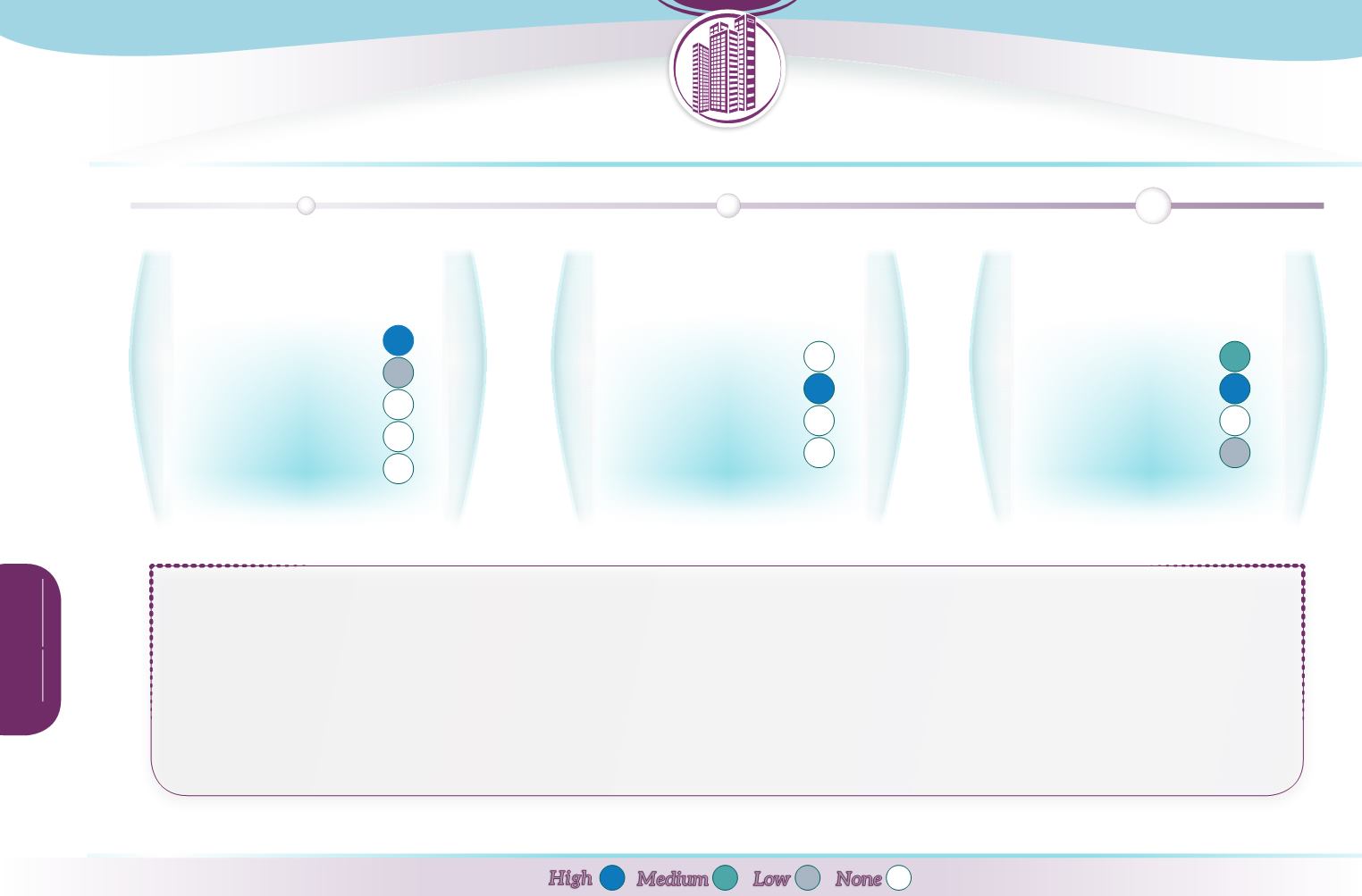
E
cosystem
servicesdelivered
Provisioning
Regulation & maintenance
Cultural
Abiotic
C
ontribution
topolicyobjectives
Water Framework Directive
Floods Directive
Birds & Habitats Directive
2020 Biodiversity Strategy
P
otential
biophysicaleffects
Runoff
Reducing pollution
Soil conservation
Habitat
Climate Change
High
Low
Medium
None
Soakaways function by
collecting runoff
and
infiltrating
it to the underlying soils. They are generally designed to infiltrate all water from the contributing drainage area
up to a
1 in 30 year event
. Soakaways thus enhance the potential of the landscape to store water during floods and contribute to reducing the risk of
surface runoff
flooding
and peak river flows in small catchments.
Soakaways can provide full infiltration from areas of hardstanding which results in a significant, although localised, contribution to
groundwater recharge
. The volume contri-
bution from each individual soakaway is, however, small.
Soakaways can provide additional improvements to
water quality
prior to infiltration to soil or groundwater, by filtration through the soakaway substrate, although pre-treatment
is recommended, and the potential for pollution to groundwater needs to be considered: soakaways could pose a higher risk than some other infiltration measures, since they
bypass the vegetation and soil layers. Runoff reduction also contributes to reducing urban diffuse pollution.
As a component in sustainable urban water management, soakaways finally provide a limited contribution towards improved green infrastructure and protection of ecosystems.


